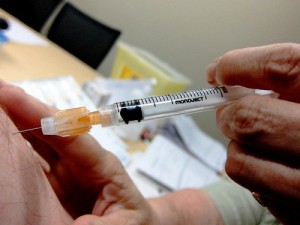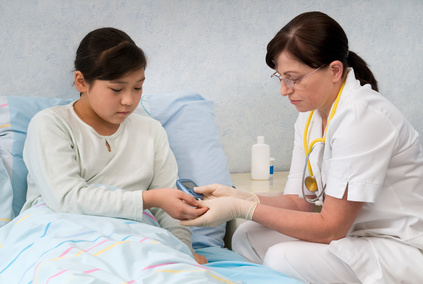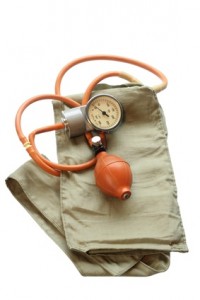Shortages of cancer drugs aren’t the only drug shortages making news. The January 2012 issue of Clinical Infectious Diseases reports the nation’s supply of go-to drugs to fight infectious disease is running dangerously low. So low, in fact, that hospitals have had to design contingency plans just in case an emergency arises.
So why is this happening? The answer is complicated. One problem is that often only one drug company manufactures a given. Should an ingredient in the drug become difficult to obtain, the supply runs low. Other drugs can be used instead, but in many cases they are either ineffective on the organism or take longer to eradicate the organism.
Ingredients may also become too expensive, with the result that a manufacturer decides to discontinue production of the drug – although drug companies are required to inform the FDA six months before drug production stops.
Among the drugs considered scarce are antibacterials, antifungals and antivirals. Physicians should be prepared to treat with alternative means if it becomes necessary. Every day, more organisms become resistant to drugs that have been on the market for a while, thus making them less effective to treat common illnesses.
Given the fact that drug shortages are expected to occur, what can nurses do when a shortage threatens the health of their patients? Many times, the first notice of a drug shortage occurs when the pharmacy fails to supply a drug to a newly admitted patient. The nurse calls the pharmacy; the pharmacist states the drug is not available on-site at the moment. Whether or not a contingency plan is in place to get the drug from another facility, the nurse needs to inform the physician and get an alternate drug order if the physician deems it necessary. Some drugs, especially in the case of anti-infectives, are critical to the patient’s health and need to be started immediately.
The United States Congress is considering a requirement that would compel drug companies to report to the FDA any expected drug shortages. Also under consideration is a bill requiring speedy review of newly proposed drugs that could mitigate the shortages. Currently new drugs in development take years to reach the U.S. market, which is a much longer process than it is for the Canadian and European markets, for example.
Clinical nurse managers can take an active role in developing their facility’s contingency plans for unavailable drugs. By understanding what drugs are expected to be in short supply, discussing workable alternates with physicians and formulating a list of facilities as go-to secondary suppliers, nurse managers can arm their nursing staff, especially the night crew, with an action plan when a shortage occurs. Because hospital pharmacies are often overwhelmed and understaffed, nurses may have to take a more active role in getting their patients the medications they need.










